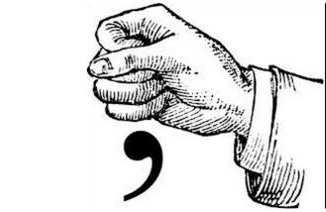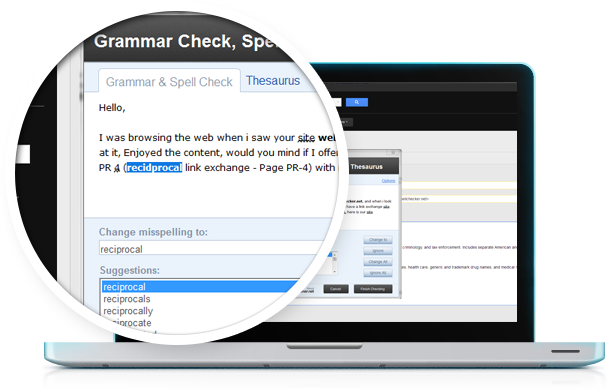
Commas demystified! The top 10 uses for commas—made simple
Commas are the most frequently used—and misused—form of punctuation. Annually, I receive dozens of requests for editing, and one of the biggest concerns for authors is their comma usage. They may not be aware of dozens of larger issues in their writing, but they are almost universally uncertain and worried about their comma placement. Commas are used to indicate pauses and to separate elements in a sentence.


